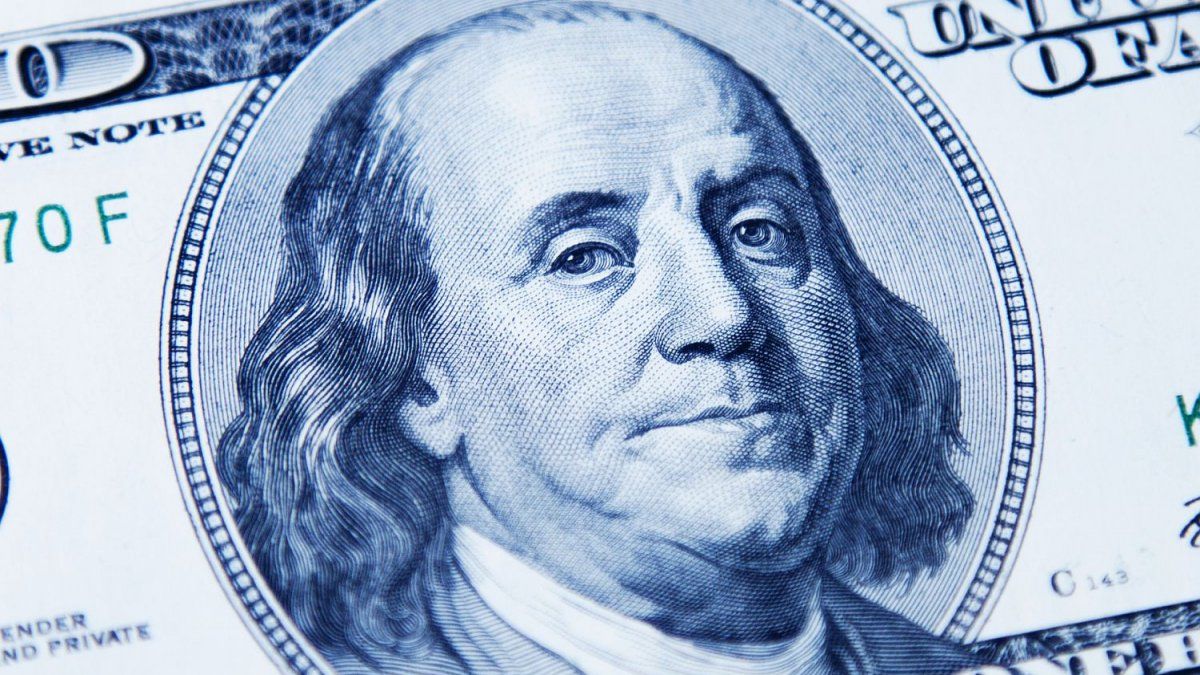The blue dollar soared $40 this Wednesday and reached $850, although it later fell to $843, a price at which it remains. Despite the moderation after the initial jump, both They are maximum nominal values and thus accumulate an increase of $43 so far this week. Although it is a dynamic that is not surprising in an electoral context, there is concern about the possibility that we are witnessing the beginning of an exchange rate run and City analysts detail the causes of this surge.
The search for coverage, the uncertainty over the elections and the difficulty of anchoring exchange rate expectations in a context of dollar scarcity are some of the elements that are playing at this moment, in a scenario in which the market is already thinking about the day after the elections, a moment full of doubts for the market.
Pre-election dollarization
The first thing to note is that, as indicated by Ambit the economist from the University of Avellaneda, Pablo Ferrari, “for many years, “In the pre-election moments, exchange tensions occur”that is, a part of the agents dismantle positions in pesos and begin to dollarize.
In the same sense, points out the economist and director of CyT Economic Advisors, Camilo Tiscornia, when he points out that “October is a key month for the dollar, due to the electoral context, which, in Argentina, is synonymous with dollarization and rise in exchange rates“, above all, the blue dollar.”
Thus, according to economist Federico Glustein, “the peso curve is completely broken and the pesos are migrating towards the dollar, both investments and banknotes in the available markets.” Thus, he explains that the so-called “Platita Plan” that Sergio Massa implemented, in his role as Minister of Economy, as a relief strategy after the devaluation, put more pesos in the market and that impacts greater demand for foreign currency.
Difficulty with BCRA reserves
The case of these presidential elections is no exception, but, “on this occasion, other pressures are added, because, although the reserves were strengthened with the latest flow from the International Monetary Fund (IMF) and the Central Bank (BCRA ) has been buying dollars thanks to the export increase programs (PIE), there is nothing to throw butter on the ceiling.”
He explains that this is aggravated at this time, on the one hand, by the difficulty in increasing reserves that the Central Bank (BCRA) has been having, even with the 4 soy dollar in place, which has now been renewed and the exchange rate has been added. differentiated for hydrocarbon export (Vaca Muerta dollar).
Likewise, Tiscornia mentions that “The official exchange rate fixed at $350 is lagging behind inflation” and that makes the gap with the informal sector even wider than it would be in a crawling peg context, which is why the economist considers that “this combination of things is generating a very great uncertainty and expectation regarding what may “What happens with the dollar after the elections?”
Financiers push the blue dollar
Another key point that Claudio Caprarulo, economist at Anlytica, mentions in recent weeks the rise of the CCL dollar accelerated, which this Wednesday reached $902 in the market and then fell slightly to $899. Given that this market is the place in which companies mainly operate, this trend shows that they are beginning to reinforce the dollarization of their portfolios.
“This was reflected in the increase in the devaluation rate reflected in future dollar operations,” he explains. This market is a reflection of the bullish expectation for the official exchange rate that is in the market at this time.
In this context, Caprarulo considers that This upward trend in parallel dollars is a logical behavior in the face of two time variables: the present, where the BCRA has difficulties accumulating dollars and the future, where a change in the macroeconomic regime is discounted. which may be brought forward, depending on the electoral result of October 22.
The “Milei factor”
In line with most analysts, Glustein points out that “The result of the elections will be decisive in the expectation of what is to come for the dollar, which is why the majority of people who have savings and investment capital go towards that currency” and considers that there is a speculative coverage also because they are going to buy dollars to make a cushion or to be covered against a possible devaluation.
In this sense, Ferrari indicates that the “Milei factor” is added since the presidential candidate who had the most votes in the PASO and could win the general elections. “He proposes dollarization with an abrupt devaluation as a mandatory preliminary stage for this purpose,” he explains. And that creates uncertainty for those who have instruments in forward pesos.
Speculation in the face of an inevitable rise
And, on the other hand, some actors in the City They speculate that there will be an inevitable rise in the dollar, typical of pre-electoral contexts, and that is why they go towards that type of asset.especially the blue dollar, as a speculative hedging play.
“As portfolios become dollarized, many who had instruments in pesos leave them (which is why many have dismantled fixed terms and there has been a recent drop in stocks and bonds) and go towards the dollar. There is less desire for pesos due to a bullish expectation for the US currency”, Glustein summarizes in this regard.
What’s next for blue
To counteract this situation and the aforementioned causes of the rise, the Government tries to keep the supply of dollars firm in the official and financial markets through the mechanism that forces the liquidation of part of the exports of grains and hydrocarbons (25% ) through the Cash Settlement (CCL) market. That could help bring some calm to that market.
However, Caprarulo warns that “The key will be the day after the elections” and what happens with the parallel exchange rates will depend a lot on who is the winner of the day and how the different candidates do. in the electoral contest. “Reducing uncertainty has to be a premise to avoid shock events,” she points out.
Source: Ambito
I am a 24-year-old writer and journalist who has been working in the news industry for the past two years. I write primarily about market news, so if you’re looking for insights into what’s going on in the stock market or economic indicators, you’ve come to the right place. I also dabble in writing articles on lifestyle trends and pop culture news.




